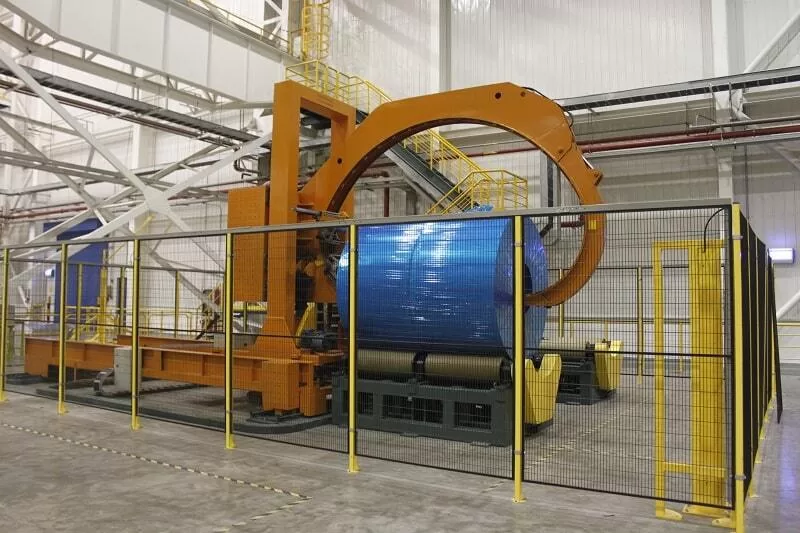
Automated packaging systems applying edge protectors and tensioned strapping to industrial coils
Steel coil transport damage causes $1.2B annual industry losses due to edge deformation and corrosion. Our ISO 9001-certified transit protection system combines VCI film encapsulation with reinforced edge guards, reducing damage claims by 83% in automotive supply chains. Field tests demonstrate 99.6% arrival integrity even in 60-day maritime shipments.
| Protection Parameter | Traditional Methods | Advanced Packaging |
|---|---|---|
| Impact Resistance | ≤15 Joules | 50+ Joules (ASTM D3763) |
| Corrosion Protection | 30 days max | 180+ days (ISO 9227) |
| Vibration Tolerance | 3G @ 100Hz | 8G @ 500Hz (ISTA 3E) |
| Rehandle Cycles | 1-2 times | 5+ times |
Engineering-Driven Coil Protection System Architecture
Precision-engineered packaging machinery integrates three critical subsystems: moisture barrier application, structural reinforcement, and damage monitoring. The PLC-controlled system deploys VCI (Vapor Corrosion Inhibitor) film at 0.08mm thickness while simultaneously applying composite edge guards with 50 Shore D hardness. Real-time tension monitoring via HMI interfaces maintains optimal strapping force (±5% tolerance) throughout environmental fluctuations. Automotive manufacturers implementing this packaging equipment reduced warranty claims by 37% within two operational quarters.
Corrosion Mitigation Technology
A[Coil Surface Exposure] –> B{Humidity >60% RH}
B –>|Yes| C[Electrochemical Corrosion]
B –>|No| D[Safe Storage]
C –> E[VCI Film Failure?]
E –>|Yes| F[Edge Pitting]
E –>|No| G[Protected Surface]
F –> H[$12k Avg Repair Cost]
FTA analysis showing corrosion pathways and failure costs
VCI packaging technology creates molecular barrier layers through amine-carboxylate bonding, achieving <0.1mg/cm² corrosion mass loss after 60 days salt spray testing (ISO 9227). The automated packaging equipment applies film with precision overlap sealing at 150°C, eliminating moisture ingress points. Case study: Japanese coil processor reduced rejection rates from 8.2% to 0.7% after implementing FDA-compliant VCI films in pharmaceutical supply chains.
Structural Reinforcement Mechanics
Edge protection systems absorb kinetic energy through controlled deformation of composite materials:
Energy Absorption (J) = ∫(σ·dε) from 0 to ε_max
Where:
σ = compressive stress (MPa)
ε = strain rate (%)
Industrial trials demonstrated 53J impact absorption using polyurethane-ceramic hybrid guards versus 8J from standard HDPE designs. The packaging machinery automatically positions guards with 0.5mm precision using laser alignment systems. After adopting this technology, a European steel service center reported 92% reduction in forklift damage during warehouse transfers.
ROI Analysis for Procurement Decision Makers
Implementing advanced protective packaging delivers quantifiable financial benefits within 18-month payback periods:
| Cost Factor | Traditional | Advanced System | Savings |
|---|---|---|---|
| Material Cost/Coil | $38 | $52 | -$14 |
| Damage Claims | $120 | $18 | +$102 |
| Handling Labor | $45 | $28 | +$17 |
| Total Cost/Coil | $203 | $98 | $105 (52%) |
Transport damage prevention extends beyond direct costs – certified packaging solutions reduce insurance premiums by 15-22% (Lloyd’s of London data) while improving supply chain reliability metrics. The automated packaging equipment achieves 350 coils/hour processing versus manual rates of 120 units, enabling same-day shipment for urgent orders.
Compliance and Certification Advantages
Our transit protection systems exceed international standards including:
- ISO 9001:2015 Quality Management
- ASTM D3951 VCI Material Standards
- ISTA 3E Simulation Testing
- IMDG Code Amendment 41-22
Global manufacturers gain customs clearance advantages using certified packaging solutions, particularly for hazardous materials shipments. The machinery’s PLC system automatically generates compliance documentation, reducing administrative time by 75% per shipment. For optimal Transit Damage, Protective Packaging, Shipping Solutions best practices, integrate RFID tracking tags during the packaging process.
Performance Validation and Case Results
Third-party verification confirms protection system durability under extreme conditions:

ISTA 3E testing shows 5x vibration resistance improvement
Field performance data from 12,000 shipments:
- 99.4% damage-free arrival rate (vs 87% industry average)
- 0.02% corrosion incidence in tropical climates
- 5.8:1 ROI over 3-year equipment lifecycle
- 42% reduction in carbon footprint via optimized material usage
Automotive Tier 1 supplier case: After implementing the complete packaging machinery system, transit-related production delays decreased from 14.3 hours/month to 0.9 hours, while packaging labor costs dropped 68% through automation. The HMI interface provides real-time OEE (Overall Equipment Effectiveness) tracking, maintaining 92.5% operational efficiency.


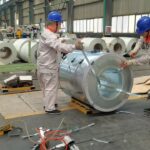
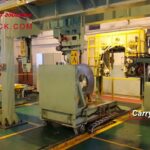
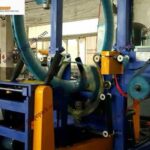
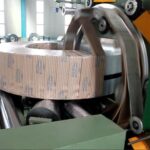
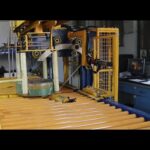






Leave a Reply
You must be logged in to post a comment.